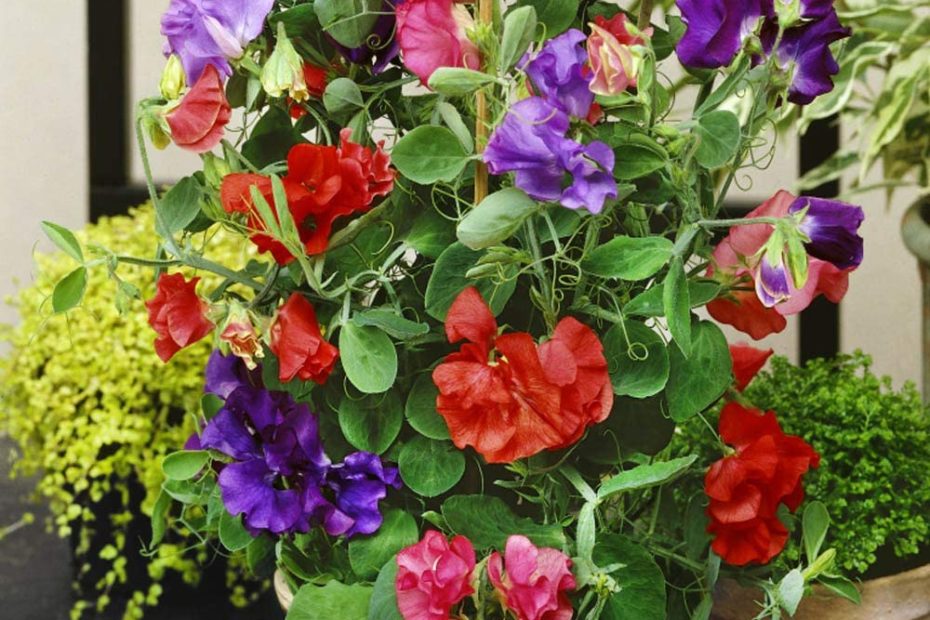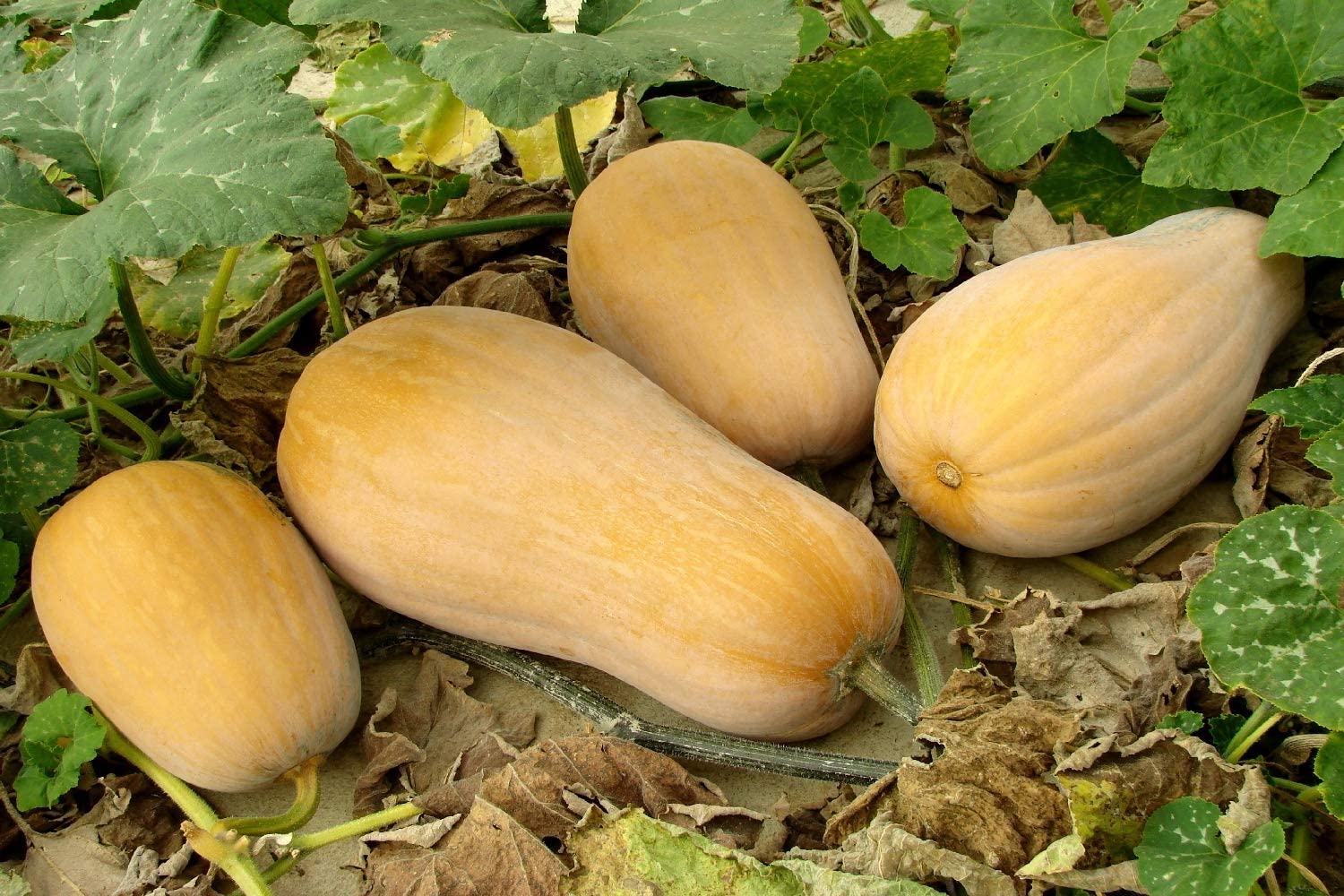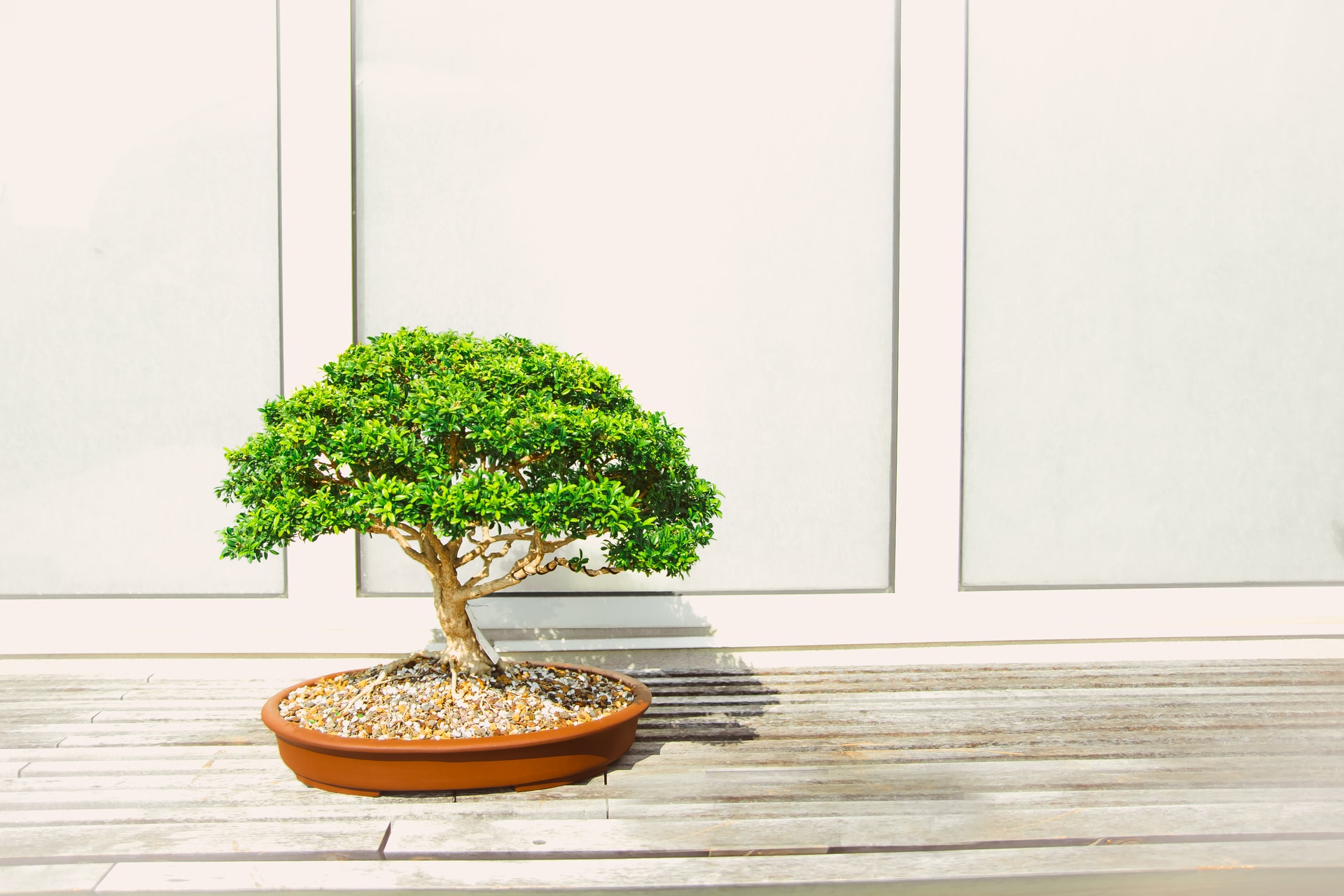Sweet peas (Lathyrus odoratus) are named after the Greek word Lathyrus, which means pea or pulse, and the Latin word Odoratus, which means fragrant. Sicily, Cyprus, and Southern Italy are native to sweet peas.
Sweet peas are known as “the Queen of Annuals” in England. In England, Henry Eckford introduced the Grandifloras, which revolutionised sweet peas by hybridising and selecting sweet peas for their greatest features. They were larger, came in more colours, and had a more attractive shape than the average sweet pea. Sweet peas (Lathyrus odoratus) are poisonous, especially the flowers and seeds.
When you put your sweet peas in containers, it all depends on where you reside. Plant your peas in the fall when you plant your bulbs if your summers are hot and your winters aren’t too cold. Plant them around two months before the final frost date of the spring if you get winter frosts. Sweet peas can be grown in the UK. For the UK weather, sweet peas are usually planted in spring after the last frost date. I planted my sweetpeas at home around springtime, since I don’t have much open space, and it grew in another 3-4 months.
Method of Planting
According to the UK calendar, the best time for the plant to grow is during the months of March to May. Sweet peas don’t like hot, humid conditions, therefore they’re not a good choice for a summer garden in a Mediterranean environment.
Sweet pea vines are frost susceptible. Sweet peas are best planted in the spring after the last frost date in locations with cold winters. Start sweet pea seeds within four to six weeks before the last frost date to speed up the growing process. Sweet pea seedlings will be ready to plant in the ground at the start of the spring planting season.
Planting indoors
Any Lathyrus species that you want to grow need to be in a sunny location. Flower buds will not form if there is insufficient sunshine; a position facing south, preferable, is ideal, as it protects them from prevailing winds. Sweet peas can be grown in clumps of twelve plants in a herbaceous border, with some at the back and some closer to the front to provide a good foil for the other plants.
Does it grow from seeds?
Sweet peas are planted from seeds. There are a number of varieties of these plants. If you want the same colour then you will find seeds of the same. There are mixed seeds available as well. You can go into any seed firm in your locality. Usually, sweet peas are easily found in local seed firms. You will find a variety of options on hombase.co.uk if you want to buy your seeds online.
Soil Preparation
The ground should be firmed before planting out by stomping all over it to consolidate it and help retain moisture during the growing season. At 3 ozs per square yard, lightly rake in a dressing of fish, bone, and blood. If you’re planting in damp weather or on hard clay, get the cheapest compost you can find at a garden centre. To increase drainage in thick clay soil, fork the ground over and include some well-rotted manure, leaf mould or compost, and coarse pebbles. To hold the soil together and preserve moisture, add some well-rotted manure, leaf mould, or compost to light sandy soil.
How to plant?
- Start planting your sweet peas seeds in March. Fill the pot close to the brim with seed compost. Make a hole in each pot with your finger and place six seeds inside.
- 1cm of compost should be used to cover the seeds.
- Cover the seeds with the polythene bag and water them in.
- Maintain a temperature of around 15°C (59°F) for the seeds. Remove the covering once they have germinated.
- In a cold frame, place the seedlings. Keep the frame open as much as possible throughout the winter, but pro
- After the last spring frosts, space the seedlings 20-30 cm apart in a sunny place in the garden. Slugs love sweet peas, so keep that in mind!
After Care
Dead Heading
This is quite crucial. The more flowers you cut, the better the plants will do. Allowing seed pods to mature will lead the plant to believe it has completed its mission by blossoming, producing seeds, and dying.
Feeding
It will be beneficial to feed at weekly intervals. Maxicrop is a foliar feed that I prefer to use. Fill watering can halfway with the mixture and spray it on the Sweet Pea foliage slightly below the blossoms. This is an effective aphid repellent. Feeding should be done in the morning or evening to avoid direct sunlight.
Watering
Plants thrive from being watered and sprayed with water in extremely hot and dry weather. This will help to keep the plants healthy and plump.
Diseases and Pests
Sweet peas, fortunately, do not have many pests or diseases. Aphids are the only bug that attacks Sweet Peas. These develop primarily after a period of drought when plants are stressed. Aphids can be controlled by spraying S.B.Plant Invigorator on them. This is a novel organic spray that doubles as a foliar feed and is non-toxic. It also kills whiteflies and red spider mites.
Harvesting
Annual sweet peas are natural climbers who will scale a trellis or other structure if given the opportunity. Tendrils stretch out from the stems and grab neighbouring structures, providing support for the expanding plants. The plants grow to be 3 to 8 feet tall with a 2 to 3-foot spread. Sweet peas develop into low, bushy 2 1/2-foot-tall mounds if they don’t have anything to climb on.
Sweet pea vines can grow up to 10 feet tall, and perennial sweet peas follow a similar growth pattern. While the flowers are similar to those of the annual species, the blossoms are less fragrant, and some cultivars have no perfume at all. Perennial sweet peas, like annual sweet peas, die back in the winter but sprout back from the roots in the spring.
To avoid any confusion between the vines and seeds of the different species, plant your sweet peas far away from your food garden and green peas.
Guide
What do sweet peas signify?
-The sweet pea has the metaphorical connotation of pure delight in floral language. Its clumping flower clusters also represent well wishes, friendship, kindness, and farewells. Many people believe that these blossoms leave a favourable impression and are a thoughtful way to express gratitude. Sweet peas are also April’s official birth flower. In the 18th century, the sweet pea blossom was first grown. F. Kupani, a Sicilian monk, brought it to England. Because it was a favourite of the king, the plant quickly gained popularity in England. Multiple cultivars of this bloom were quickly developed through breeding efforts.
How do you take care of sweet peas?
Sweet peas require an open, sunny location to thrive. The plant should not be grown in the shadow or partial shade. Sweet peas can be grown as cordons and require training up enough support. When flowers develop, begin feeding with a high-potash fertiliser, such as tomato food. Picking flowers on a regular basis will encourage new blooms and keep plants from setting seed. Water sweet peas in pots and during periods of extreme dry weather.
How poisonous are sweet peas?
People often worry if sweet peas can be eaten because they belong to the legume family. No! Sweet pea plants are all poisonous. Sweet pea seeds are dangerous, comprising lathyrogens, which, if consumed in excessive amounts, can produce a disease known as Lathyrus. Paralysis, trouble breathing, and convulsions are all symptoms of Lathyrus. Lathyrus sativus is a closely related plant that is cultivated for human and animal nutrition. Even so, eating too much of this high-protein seed over time can cause lathyrism, a disorder that causes paralysis below the knees in adults and brain damage in children. This is most common following famines, when the seed is frequently the main source of nutrition for long periods of time.
What month do you plant sweet peas?
-Plant sweet peas in late May, after all dangers of frost have gone. Harden them off before planting by leaving them outside during the day and returning them to a frost-free location at night. To encourage bushy growth, pinch out the tips of immature sweet pea plants when they reach around 10cm tall
In springtime, sweet pea plug plants can be purchased. Plant them in rich soil beneath a structure, such as a bamboo cane wigwam. Sweet peas typically reach a height of about 2 metres. Water them until they’ve put on a decent show of growth. Allow about 20cm between sweet pea plugs or pots; don’t worry about separating individual plants.
Do sweet peas need full sun?
-Sweet peas need at least six hours of sunlight per day. They also grow in afternoon shade, hence they can be grown both indoors and outdoors. They usually survive without sunlight but they do need other care if there’s no sunlight.
When should you pinch out sweet peas?
-To encourage bushy growth, pinch out the tips of immature sweet pea plants when they reach around 10cm tall. When it comes to pinching sweet peas back, there are two schools of thought: those who believe pinching sweet peas back destroys the plant’s natural form and reduces the size of the bloom, and those who believe pinching sweet pea plants early in their growth adds beauty and fullness, and the additional blooms compensate for the reduced size. It’s all a matter of personal preference. If you’re a beginner gardener or just getting started with sweet peas, try pinching half of your bed and letting the rest grow freely.
Do sweet peas need to climb?
-Sweet peas are climbing plants that require some assistance as they grow. Garden canes, trellis, wigwams, and obelisks are commonly used. To sustain the weight of the vines, they need a structure that is properly fixed in the ground. Tendrils will emerge from the plants and wrap around the support you provide.
Related queries
Growing sweet peas in pots in Australia
– Sweet Peas are one of the simplest garden flowers to grow, and it is a common belief that the Australian summer is too hot for these hardy blooms. However, with a little forethought, you may enjoy flowers for up to 9 months of the year. In autumn, sweet peas are planted in southern Australia. During the winter, they grow and flower, and the flowers are harvested in the spring. Choose a bright, open location with good drainage before planting your seeds.
How to grow sweet peas up canes?
– Secure the canes to the wires by pushing them into the soil every 22cm (9in). In front of each cane, plant sweet peas. Allow plants to reach a height of 30cm (12in), then remove all but the strongest shoots. Tie the shoot to the cane and snip off side shoots and tendrils on a regular basis.
Different types of sweet peas
-There are three different types of sweetpeas. Heirloom Bicolor Mix contains the broadest variety of fragrant bi-color sweet peas. They’re a terrific choice for cutting because they’re little flowers with a nice aroma. Snoopea is a beautiful short bushy type that looks great in hanging baskets, patio planters, and window boxes. It comes in a variety of colours and has a pleasant scent. Painted Lady is still as popular today as it was in the 18th century when it was first introduced. It’s known for its beautiful pink and white blooms as well as a strong aroma.
Growing sweet peas in hanging baskets
– Sweet peas are typically grown in gardens or on porches with a variety of structures to which they can cling. For optimal growth, you must have the ideal container, soil, seeds, and weather. It may appear complicated, but it is only a one-time task. When you buy wall-mounted hanging baskets, it looks the nicest. Sweet peas, as you may know, tend to trail more from one side of the basket. The job can also be done with spherical baskets or DIY containers. It all depends on your aesthetic preferences. When hanging DIY containers, always use strong and short lines to keep the containers safe.
Growing sweet peas in toilet roll
– Containers purchased from a garden centre or other supplier are frequently made of plastic and are therefore not very environmentally friendly. A toilet roll, on the other hand, is far more environmentally friendly. All you’ll need is some nice compost, your seeds, a couple toilet rolls, and an appropriate container with drainage holes.


